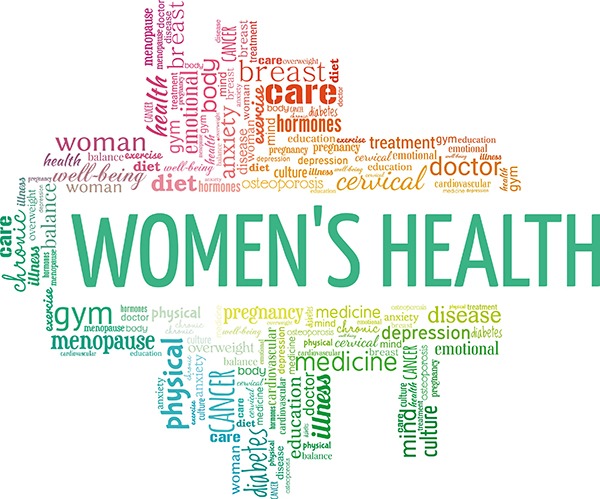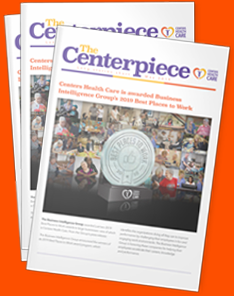Even though breast cancer death rates have decreased (going down 1% each year from 2013-18), it’s still a very real threat for millions of women. There are 3.8 million women in the United States who are either being treated for breast cancer or finished treatment and are considered survivors. It’s believed that the death rate has steadily gone down due to both advanced treatment options and early detection through screening.
For most women with no other risk factors, annual mammograms begin at age 40 and breast health then becomes more of a focus. That can lead to a lot of questions.
Corning Center for Rehabilitation and Nursing has a look at some FAQs regarding women’s breast health.
Q: Is It Normal to Have Lumps in the Breast?
Yes, and it doesn’t mean that it’s breast cancer. There can be extra fluid in the breasts when a woman is on her cycle, milk can be producing during pregnancy, lymph nodes could be present due to an immune response (many have reported this after receiving the COVID-19 vaccine), or menopause can also cause changes. It’s important to report these lumps to your doctor, however, so they can be addressed—do not wait until your next mammogram appointment.
Q: What Else Should Someone Watch for Besides a Lump?
Report any of the following changes to your doctor: thicker or firmer tissue in or near your breast or underarm, any changes in shape and size, discharge other than breast milk that comes out by itself, a nipple that points inward, or skin that is itchy, red, or scaling.
Q: Can the Risk of Breast Cancer Be Lowered?
Breast cancer isn’t totally preventable and a lot of it is due to heredity. But maintaining a healthy weight, exercising regularly, not drinking alcohol excessively, and not sitting for extended periods of time all help reduce your risk. Menopausal hormone therapy (estrogen and progestin together) could also lead to an increased risk while taking it and for five years after.
Q: Is a Mammogram the Best Way to Detect Breast Cancer?
Mammograms are the best method of detection, but it’s not perfect. That’s why self-exams and keeping an eye out for noticeable changes are also part of the prevention package.
To learn more about Corning Center for Rehabilitation and Nursing and all of the services they offer, visit http://corning-center.facilities.centershealthcare.org.






